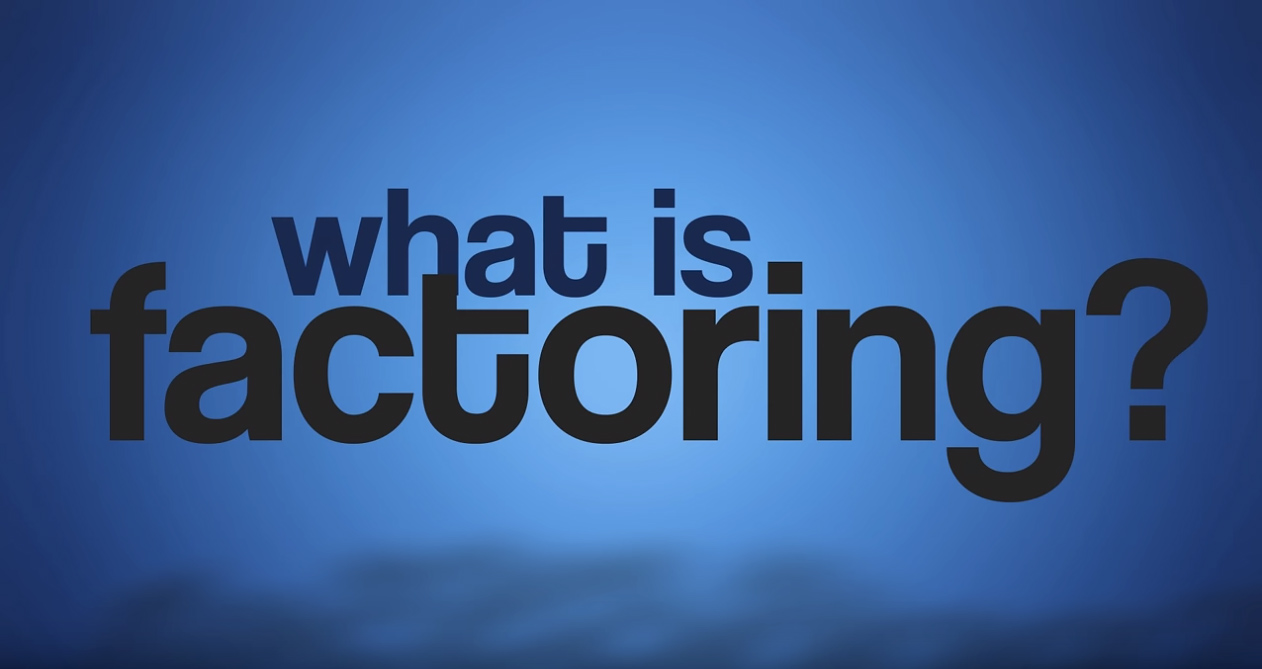Articles & Videos
Interest Rates and Business – Weathering the Storm

After almost a year of debate on ‘will-it-or-won’t it’ be transitory inflation, it’s clear that price increases are now far stickier than anyone would like and they’re not simply disappearing along with supply chain issues as the government led us to believe. In fact, with the onset of Omicron in December 2021 adding to supply chain, labor and other pandemic-related disruption, inflation could prevail well into the later half of 2022 or more worrying still, become entrenched for far longer.
There are a few things still driving price rises, some economic and some lingering from COVID-19;
- Shortage of goods is not easing anytime soon – the sparse-looking shelves at the store indicate that goods are still not reaching shelves as quickly as they were pre-pandemic;
- Households have built up savings during the past couple of years and have been splashing out on home improvements and consuming more which inflames the situation as supply struggles to keep pace with demand – more competition for less product equals higher prices;
- The labor shortage is a complex situation originating post-lockdowns and pushing labor costs ever-higher for businesses desperate to fill vacancies. As older workers retired earlier and others have reconsidered their goals post-COVID, those left in the workforce have been using their newfound bargaining power to demand higher compensations. Lockdowns and border restrictions have also impacted companies’ ability to recruit.
Inflation in the US and Canada has reached record-highs of 7% and 4.8% respectively, the highest levels since inflation tracking began in Canada and it’s highest for 40 years in the US. Governments are now in the uncomfortable position of having to use the monetary policy at their disposal and this means increasing interest rates to stabilize inflation.

When Will Interest Rates Increase?
Inflation above a certain level is generally considered bad for the economy, resulting in lower consumer spending and stagnation and both the US and Canada are eyeing interest rate hikes in the early part of 2022 in a bid to get prices under control.
For the US, the federal reserve has indicated that March might be the first increase and by the end of the year and multiple increases later, rates could be up 1.75% from their current 0-0.25% base rate. For Canada, some reports imply that rates could increase from a record-low of 0.25% as early as January 26. Although previous forecasts had erred towards a 1% increase by the end of this year, Scotiabank chief economist Jean-Francois Perrault foresees rates reaching 2% in 2022 and goes further to say they’ll likely increase again in 2023 to reach 2.5% across the next two years.
What’s the Impact on Business?
Put simply, financing your business gets more expensive and more difficult as interest rates go up. Most businesses have some sort of debt financing and the cost of repaying existing debt or repaying on any new borrowing becomes more expensive. As a crude calculation, suppose you had a business loan for $20,000 to be paid back across the next 24 months and a variable interest rate at 3% – this would mean monthly payments of $859.62. If rates were to increase by 2% this year to 5%, the monthly payment would also increase to $877.43 or an additional cost of $427.44 across 24 months.
As interest rates rise, it gets harder for businesses to secure traditional bank finance as their ability to repay on a loan is perceived as more risky and the financing options available are therefore reduced.
Without credit and loan commitments it would be easy to feel insulated from the effects of interest rate increases. All businesses are affected by higher interest rates in one way or another however; it might be felt in the loss of both domestic and export business as consumer spending slows and currency gets ‘stronger’ or in your costs going up as price rises are passed on from your suppliers as they try and survive the rate increases on their own businesses. Cash flow can easily become an area of concern for any business faced with rising costs.
Aside from the impacts we’ve mentioned, the major concern for business owners will be whether any interest rate increase results in a full blown recession. If an economy is in decline for two or more consecutive quarters, economists define it as ‘in recession’ and this is just as unappealing as high inflation. Typically both consumers and businesses look to ‘tighten their belts’ when their disposable income is squeezed but in saving more and spending less, the economy is forced to slow down further. In this scenario, business owners can be faced with difficult decisions to reduce costs such as slimming down on their staffing budget and so it becomes a vicious circle of decreased profits and untenable costs that further perpetuate economic hardship.
Plan Early for Borrowing Needs
It’s imperative to look at what the implications of higher interest rates will be for your individual business and how you might mitigate against the risks; the positive outlook is that there are always things that can be done if broached early such as reducing or refinancing away from high-interest financing or investing into more inventory than normal to maintain lower costs in the shorter-term.
You might consider switching to alternative finance options such as term loans with fixed interest rates, invoice and equipment financing or business lines of credit where you don’t have to reapply each time you need more funds so long as you’ve still got unused credit.
Reach out to the Sallyport team to understand your financing options before taking on more debt finance. We work with many businesses, old and new, large and small to create tailored financial solutions which oftentimes don’t involve any further debt and can help ease the strain on cash flow through this difficult period.
“It is better to look ahead and prepare, than to look back and regret”.
Jackie Joyner-Kersee.
Search
News
$1M Funding Fuels Agri-Business Growth Across Borders
Sallyport is pleased to announce a new partnership with a Canadian agriculture business, providing a $1,000,000 Accounts Receivable facility to…
Read MoreFueling EdTech Growth with $5.5M in Tailored Financing
Sallyport is excited to support a forward-thinking education technology company with a $5.5M combined Asset-Based Lending facility, including Accounts Receivable…
Read MoreArticles
Challenges Facing Staffing Agencies Today
Staffing agency owners are emerging from the pandemic cautiously optimistic. After the major upheavals of last year, there seems to…
Read MoreWhat are the Biggest Risks to Business in 2021 and Beyond
If this was asked at this point last year, the response would be in major contrast as to the biggest…
Read MoreVideos
Popkoffs Client Testimonial
Popkoffs Client Testimonial
View NowWhat is Factoring?
Here we explain what exactly factoring is and how we can help your cash flow…
View Now



